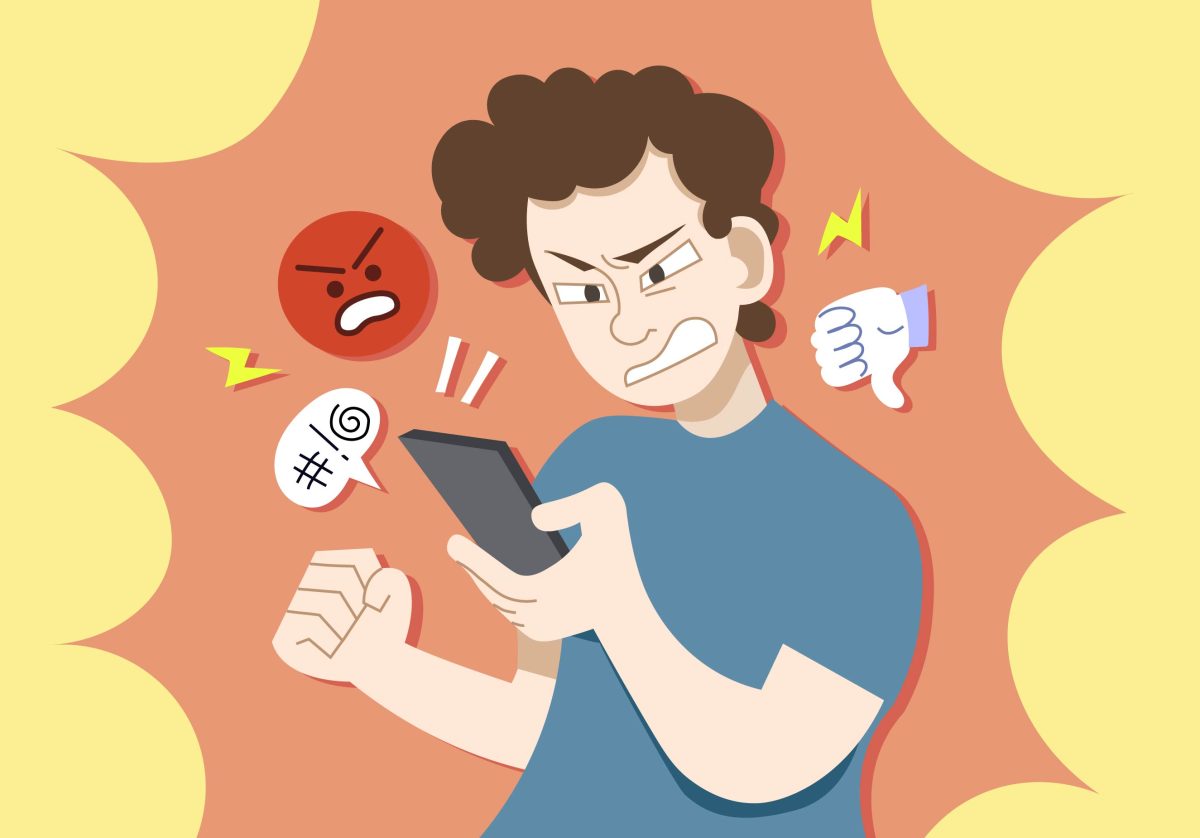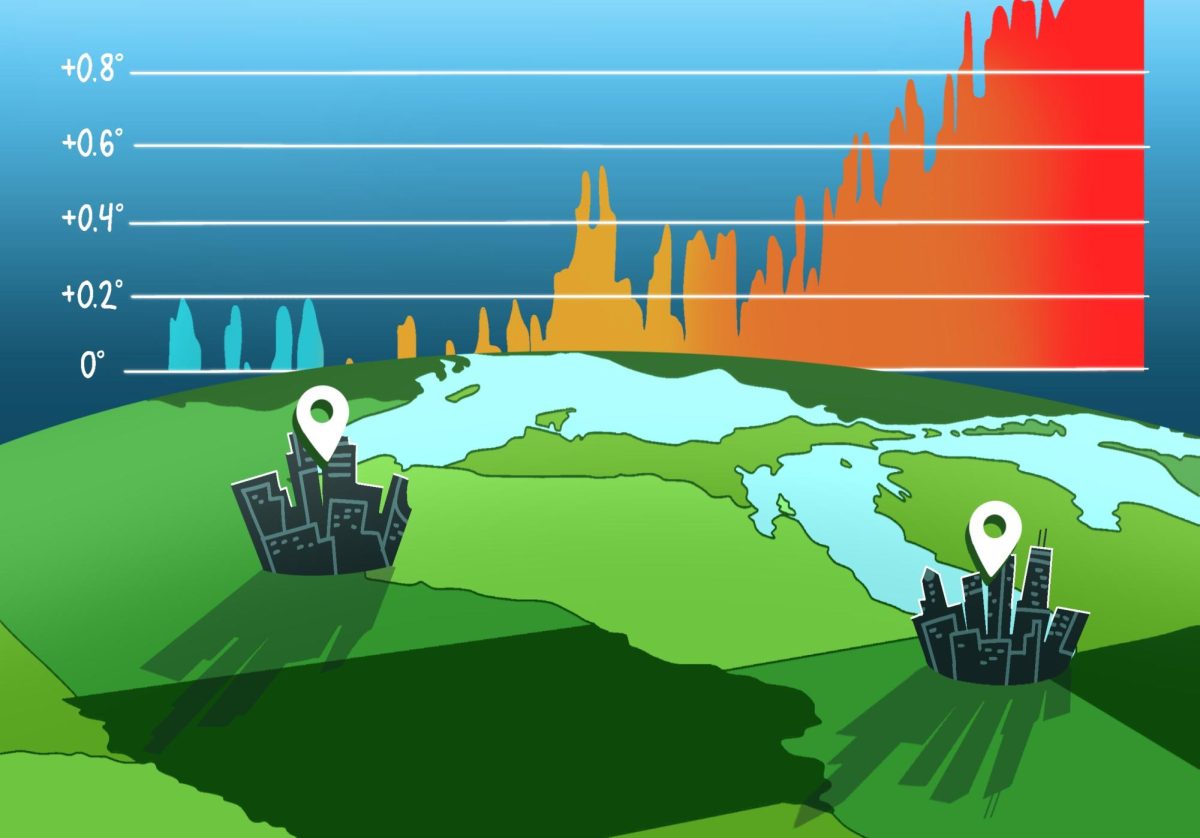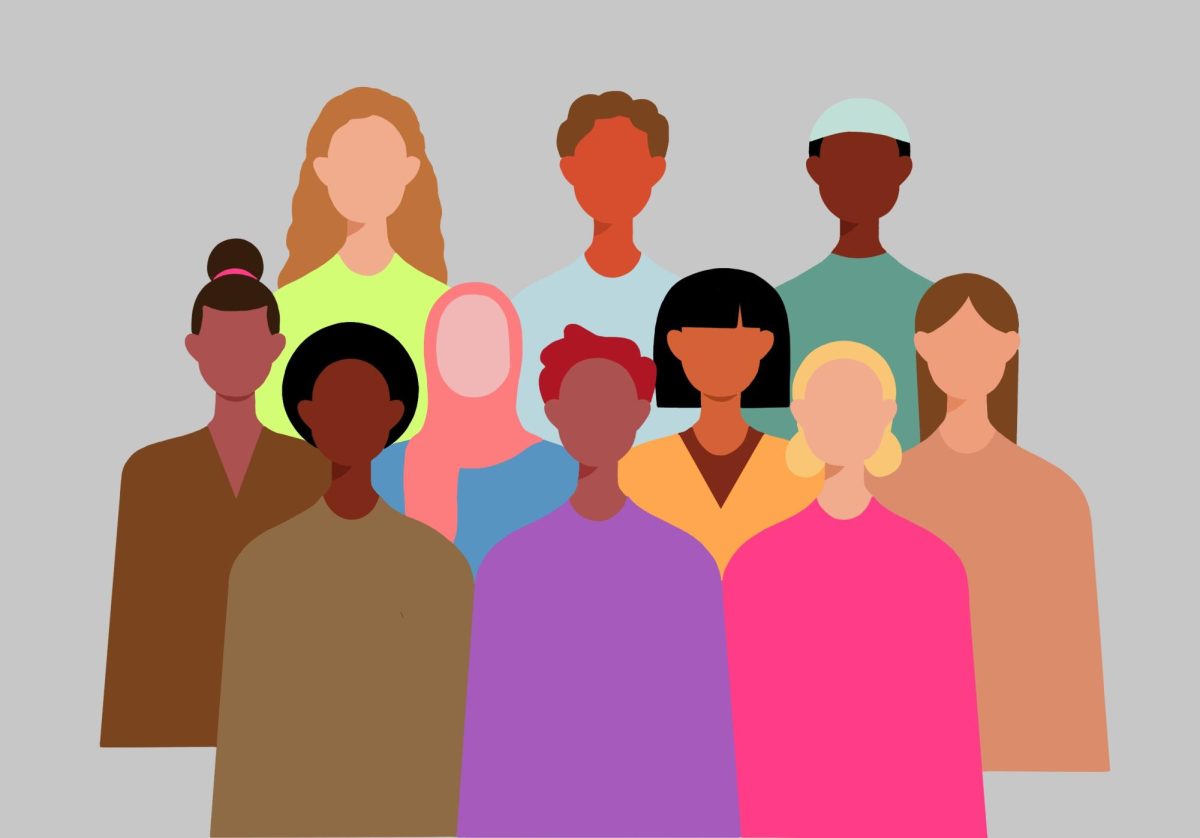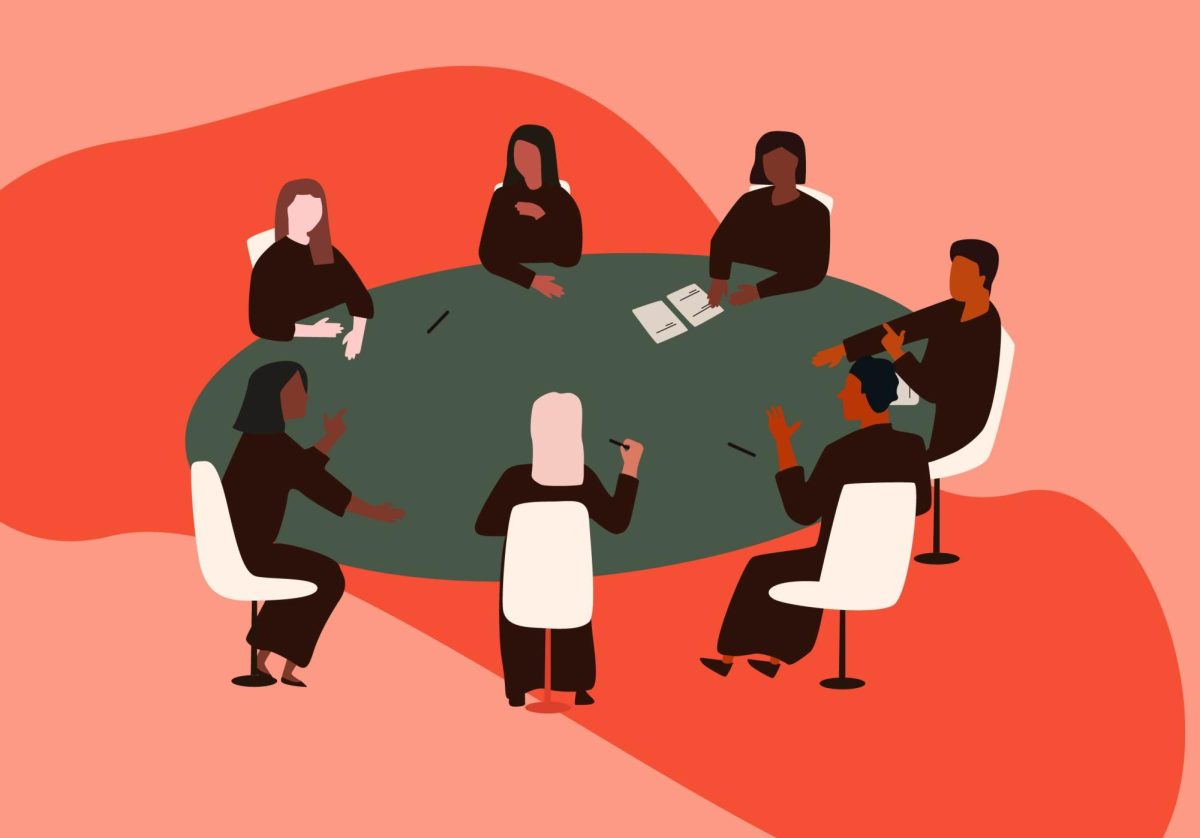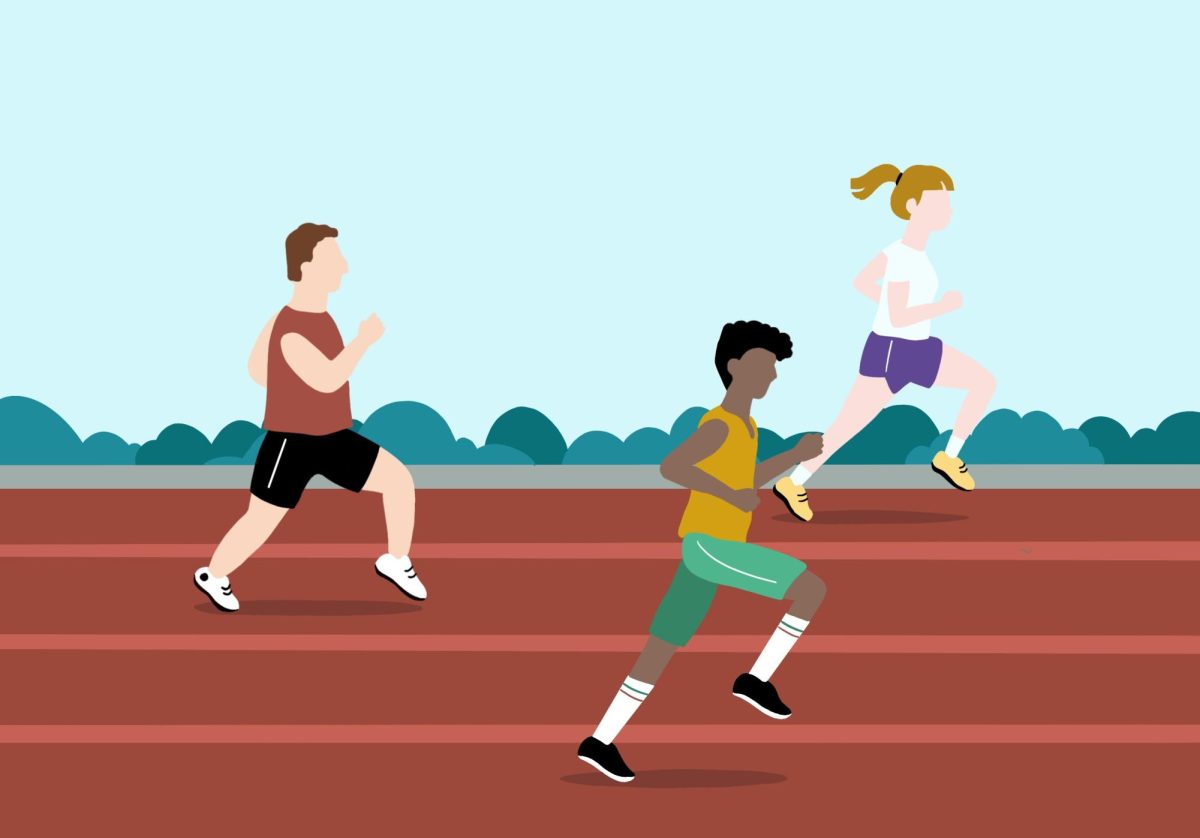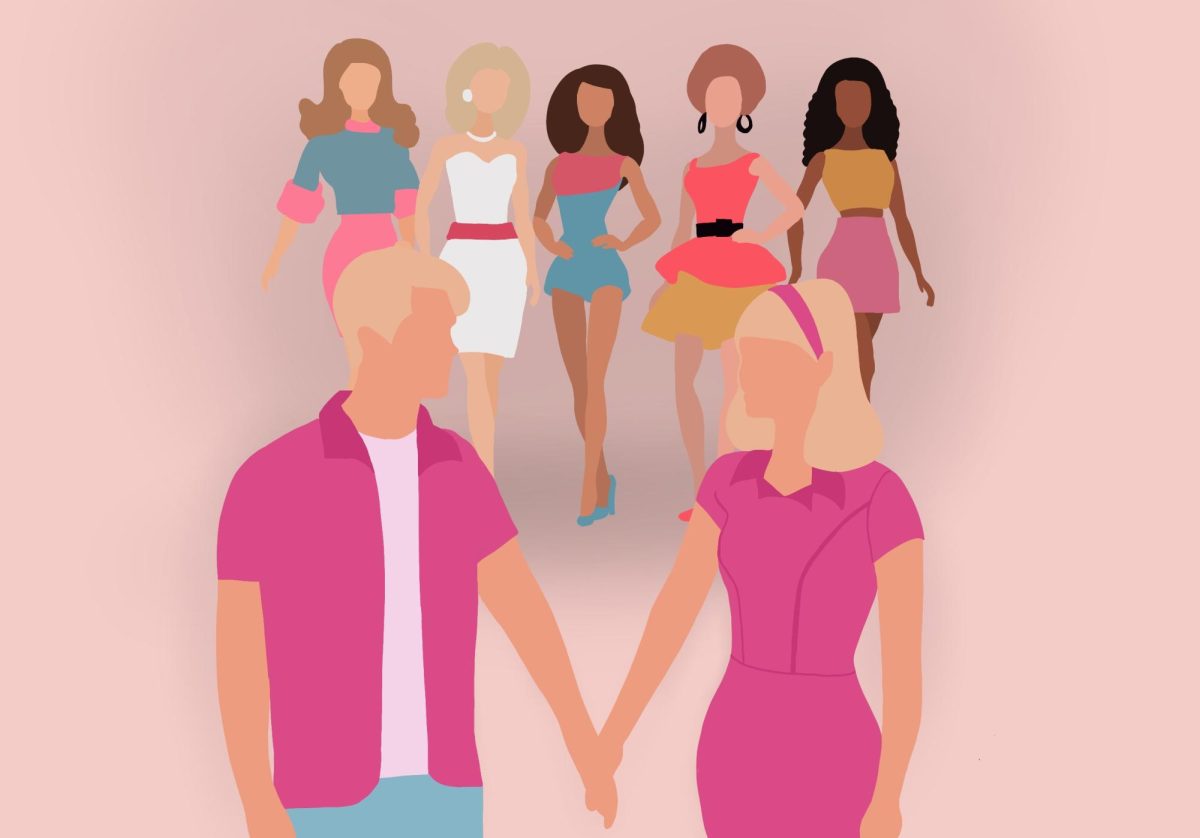Online spaces thrive on their ability to connect. Apps like Facebook and Instagram were celebrated for their commitment to community by allowing their users to share small moments with a large audience. From pictures with family to a tribute to your favorite restaurant, there is nothing too insignificant to be shared.
But these spaces have been reinvented in recent decades to do something arguably more important: educate. Online platforms have become an increasingly prominent avenue for activists to raise awareness, organize demonstrations and draw attention to critical resources.
The newfound age of accessible activism hasn’t come without criticism. With the increase of political advocacy content online, the practice of “slacktivism,” or performative activism, has become more popular. Psychology Today defines slacktivism as the practice of expressing solidarity, often on social media, in a way that often doesn’t translate to real change. Changing your profile picture, resharing a statement and making a post are all common forms of performative activism.
Liking, sharing and reposting all require far less effort than boots-on-the-ground organizing. With the domination of the digital sphere by social justice content, it is easy to claim the label of an activist without actually taking action. Equating tangible advocacy with promoting brightly-colored infographics and marketable language is becoming increasingly common.
A notable example of performative activism was posting a black square after the murder of George Floyd in 2020. The hashtag #blackouttuesday was widely used to express support among influencers, celebrities and everyday users of online platforms, but the action was widely deemed disingenuous and ineffective.
A factor in the practice of performative activism is the thrill of finding like-minded people online who are passionate about a common issue, according to Sid Bedingfield, professor at the Hubbard School of Journalism and Mass Communication. Social justice isn’t always thrilling, though. It requires time, strategy and hard work in the pursuit of policy change – not just signaling that an issue exists. Education and awareness are important, but they must be followed by the pursuit of tangible action.
“These mass movements that are generated by social media have not shown the kind of strategic vision and endurance that’s needed to really affect social change,” Bedingfield said.
While the conversation around social media’s role in activism is not simple, one thing is becoming abundantly clear: solidarity isn’t enough. In some cases, expressing solidarity in the place of inciting legitimate change can actually be counterproductive.
When analyzing the black square trend, the posts social media users made to express support actually drowned out access to valuable information. The Black Lives Matter tag was bombarded with an onslaught of black square posts, effectively erasing protest and resource information promoted by activists using the online sphere as a tool.
Performative activism at its most harmless is ineffective. Other times, it damages the success of the same movements it hopes to support.
The rise of performative activism in the digital sphere has created a greater conversation on how best to use the internet to further social justice initiatives. There is a glaring need to critically reevaluate the way we support the causes we care about online.
So what exactly is the role of social media in the face of advocacy?
“In our organization, one of our core tenets as a community is how not all we do is talk,” said Vishrut Chawla, a member of the John Brown Revolutionary Society.
According to Chawla, social media has been a critical outreach tool for the organization. Digital platforms have fostered the creation of a community network for local revolutionaries and activist groups.
“We view the internet as a very good tool for agitation and education,” Chawla said. “We educate people on exactly the issues that are plaguing our community. We raise efforts for mutual aid, donations and clothing drives.”
The struggle to define what the role of social media should be in the realm of advocacy isn’t new but it is becoming increasingly clear that the prevalence of online platforms shouldn’t always be dismissed as a negative.
Those guilty of performative activism need to rethink the potential implications of their social media activity crowding out other resources. The same energy used to perform could easily be translated into drawing attention to means of actual change, such as protests, petitions and donations. Social media should instead merely be one tool used in the greater pursuit of social justice.
Your passion shouldn’t end on the digital page. Your activism can’t end with mere solidarity. While there is no denying social media has the potential to educate on many important issues, the performance needs to end.
There is no understating the value of digital platforms and their potential to amplify social movements, but more responsibility must be taken by users to recognize whether their actions online help or harm others. Re-evaluating the role of social media in activism is necessary to create a world we can be proud of rather than just talking about it.










